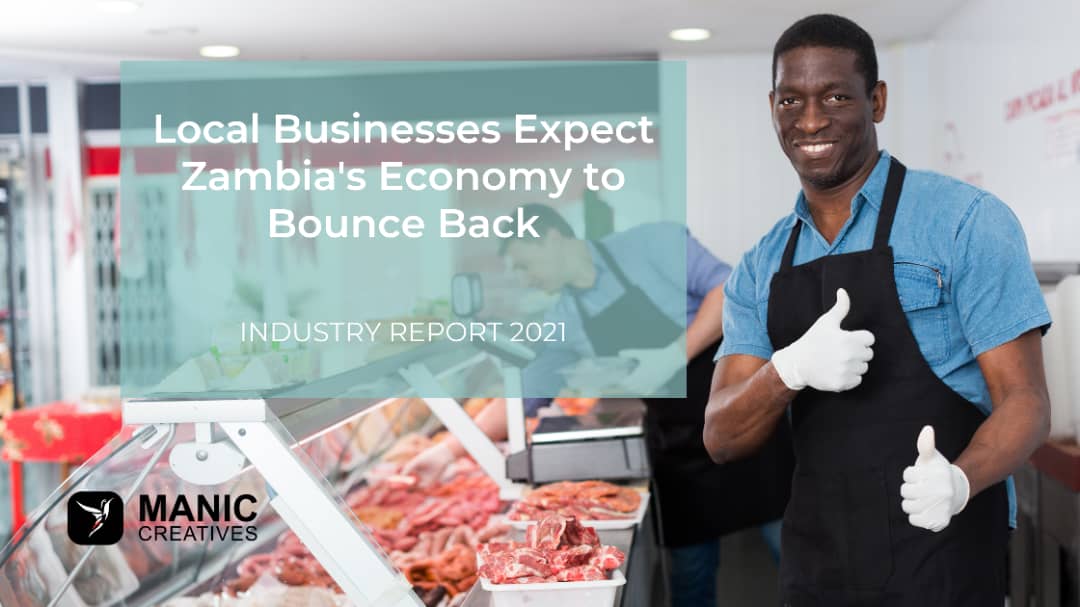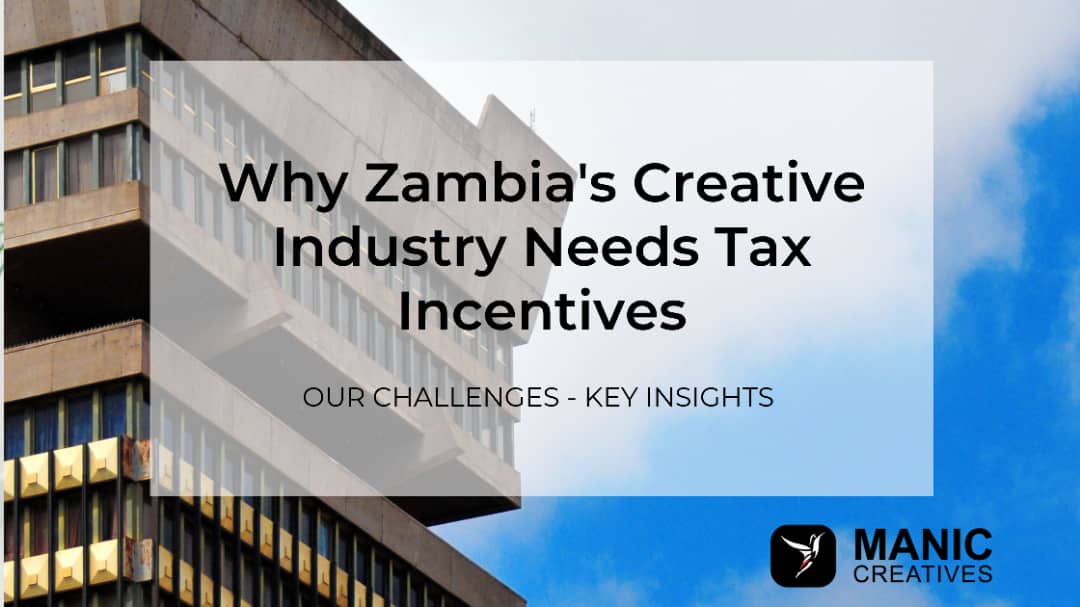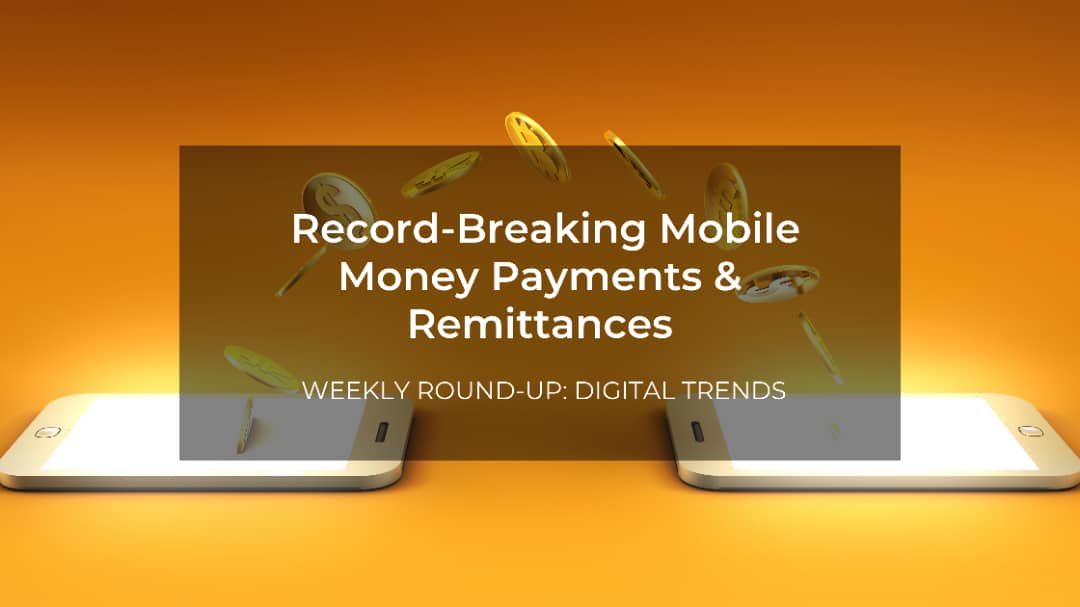Industry report
Local businesses expect Zambia’s economy to bounce back
AS the Coronavirus vaccines are being rolled out across Zambia, with uptake having drastically increased in 2021, local businesses have reported that they are optimistic the country’s economy will rebound from the second quarter over the next 12-month period.
And as growth resumes with economic activity picking up, mobile money transactions have more than doubled in monetary terms in the first two months of this year compared to the same period last year, indicating that consumers have permanently shifted their transactional habits to digital platforms.
The macroeconomic perspective:
Zambia’s economy was ravaged by the Coronavirus pandemic, which saw growth plummet to -3% by the end of 2020 compared to 1.4% in 2019, according to the Bank of Zambia (BoZ). Undoubtedly, the economy fell into a deep recession since the outbreak of the COVID-19 in March, 2020, with inflation now sitting at an unprecedented 24.6% at the start of the third quarter of this year. With the pandemic, it is clear to ascertain why and how the business and economic climate in the country was depressed for three quarters ending December, 2020.
Local companies optimistic on outlook, BoZ Quarterly Survey shows
But according to the latest BoZ Quarterly Survey of Business Opinions and Expectations (QSBOEs) published in April, 2021, local businesses have expressed optimism of a positive economic outlook. It summarises that the business community expects economic activity to improve in the second quarter of 2021 as supply of agricultural output improves and the roll-out of the COVID-19 vaccination programme takes effect.
Firms are also optimistic about economic performance over the next 12 months primarily due to positive sentiments associated with the COVID-19 vaccination programme. The need to transport agricultural produce across the country may also have a positive impact on economic activity.
“Firms are optimistic about economic performance over the next 12 months due to positive sentiments associated with the COVID-19 vaccination programme,” it reads.
“Investment levels are expected to improve in the next one year, but will remain below the long-term average due to an anticipated reduction in COVID-19 cases following a successful vaccination programme. In addition, some firms plan to carry out repair and maintenance works of plant and machinery during the stated period.”
Profitability projected to rise, companies say
The Survey further revealed that that companies expect profitability to rise from the second quarter on the back of increased domestic sales.
“In line with expectations from the previous quarter, profitability declined during the first quarter of 2021. This was attributed to the fall in consumer demand on account of rising inflation. In addition, high input costs and the continued depreciation of the kwacha negatively impacted profitability…”
“However, profitability is expected to pick up in the second quarter as domestic sales rise on anticipated bumper harvest and increase in tourism activities to be boosted by the COVID19 vaccination programme.”
Opportunities for service providers
The implications for service providers, namely in the marketing industry, who rely on companies to maintain strong balance sheets, could raise the prospects of increased business volumes. With an improved economic outlook, partly buoyed by a well co-ordinated COVID-19 vaccine roll-out programme, both local and foreign capital investment will likely rise. Opportunities will equally be stimulated on the back of a growing economy with companies whose marketing budgets will correspondingly rise in line with growing sales volumes, strengthened by the need to continuously report a growth story, especially arising from a depressed financial year in 2020.
Increased mobile money transactions indicate rising financial inclusion
And as growth resumes with economic activity picking up, data shows that mobile money transactions more than doubled in monetary terms in the first two months of this year compared to the same period last year, indicating that consumers have permanently shifted their transactional habits to digital platforms.
Mobile money payments captured by the BoZ show that in January and February, this year, volumes translated to a monetary value of around K10.7 billion and K10.4 billion, respectively, while around K12.7 billion was transacted in March, bringing the first quarter total to approximately K33.9 billion. This compares to K5.9 billion and K5.6 billion in the corresponding first two months of last year, with March’s volumes amounting to K7.1 billion bringing the cumulative first quarter total of mobile payments in the first quarter of 2020 to K18.6 billion.
Aside from the data indicating rising financial inclusion within the local economy, higher mobile money payments show how consumers of products and services have shifted to digital financial solutions in response to the pandemic. This development also means that companies need to drastically scale-up efforts to exploit the digital space where consumers are spending an increasing amount of time and resources online. Rather than the banks competing with mobile money providers, there is need for more, if not all 19 commercial banks, to syncronise payment systems to help depositors seamlessly move funds from bank accounts to mobile money platforms. Nearly K34 billion passed through mobile money platforms in just a 3-month period this year, which was unbanked, funds that would significantly strengthen the banks’ balance sheets.
Marketers equally need to develop strategies to help financial institutions expand their market reach by sharpening their key messaging to highlight their service provision and expose more of the innovative products to attract more depositors.
Growth of mobile money usage remains strong
With mobile money users having peaked to 8.6 million last year from 4.8 million by the end of 2019, it is clear that expected profitability from local companies will feed into fuelling more mobile transactions, presenting more opportunities for all stakeholders in Zambia’s growing digital economy.
Former BoZ governor Christopher Mvunga recently said during the Second Digital Financial Inclusion High-Level Public-Private Dialogue that the COMESA region has experienced faster growth in financial inclusion, surpassing the sub-Saharan Africa average. He observed that the number of financially included in COMESA more than doubled in the last decade, from 23% in 2011 to 32% in 2014 and further to 48% in 2017.
Looking at the data strongly suggests that Zambia’s growth prospects remain strong, but much of that growth must be tapped into by as many economic players as possible to boost commercial viability and strengthen cash flows.








